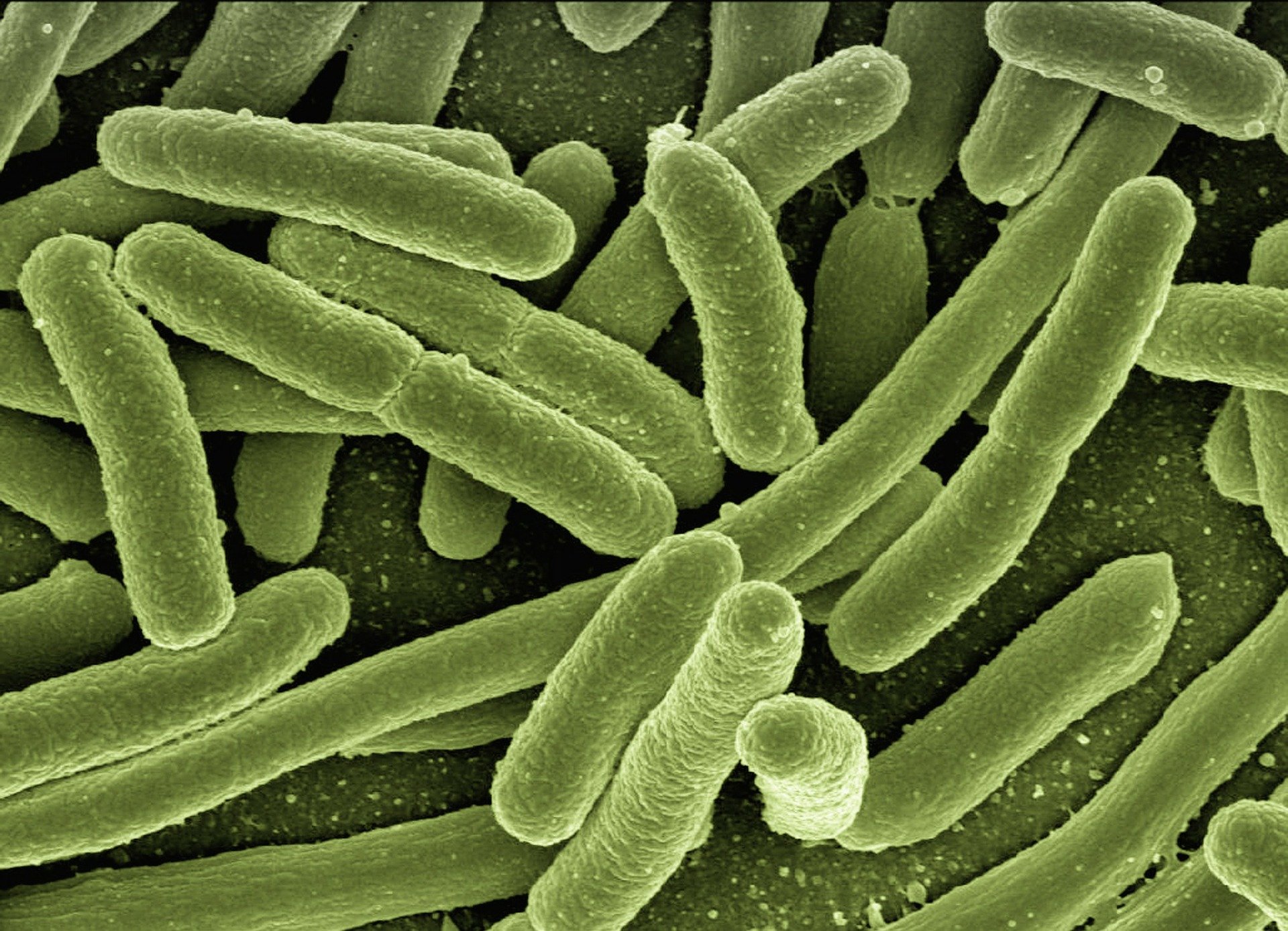The tap water in your home has likely been declared safe by the authorities, but it is only tested up to the house connection and therefore may not be free of contaminants. In some cases, tap water contains very small amounts of pollutants and bacteria that are not harmful to your health. However, in other cases, relatively high concentrations of heavy metals, chemicals, and bacteria can be present in drinking water. These contaminants can affect the nervous and reproductive systems and cause gastrointestinal diseases as well as chronic illnesses. 
Even at low concentrations, certain factors influence the potential of pollutants to cause health problems. These include:
- Type of contamination
- Concentration of the pollutant in the water
- Water consumption levels
- Duration of exposure to the pollutant
What harmful bacteria can enter drinking water?
Harmful microorganisms such as parasites and bacteria in drinking water can cause health problems. Giardia, Cryptosporidium, and E. coli are three harmful organisms that frequently enter drinking water through sewage. Coliform bacteria are a group of bacteria naturally found in soil, plants, and the digestive tract of humans and animals.
Not all bacteria in this group are considered harmful when present in the water supply, but a subgroup, fecal coliform bacteria, can cause diseases. For example, drinking water contaminated with the bacterium Escherichia coli (E. coli), a fecal coliform, can lead to intestinal inflammation. Escherichia coli can cause nausea, vomiting, abdominal pain, and diarrhea if ingested through contaminated water. Symptoms usually appear within one to eight days.
Giardia Lamblia is actually a parasite that causes the infection, giardiasis. Symptoms include nausea, cramps, bloating, and diarrhea. The incubation period for giardiasis is two weeks.
Cryptosporidium is actually a protozoan that functions like a parasite. It causes severe and painful diarrhea and spreads through contaminated drinking water. Cryptosporidium can even occur in a city with clean water, and testing services are needed to determine water quality and detect whether these protozoa thrive in your drinking water.
Why is a drinking water analysis important?
By testing the water, it can be confirmed which types of bacteria are present in the drinking water. If your water tests positive for coliform bacteria, it may indicate a problem with your water system and there is a possibility that E. coli is growing. If you have a bacteria treatment system, part of the system may need to be repaired or maintained. If you do not have a treatment system, you should treat your water to ensure all potentially harmful bacteria are destroyed. If your water is tested and Cryptosporidium is detected, immediate action is needed. Cryptosporidium can survive in water for a long time and is generally resistant to chlorine treatments. Well water can become contaminated with Cryptosporidium if it comes into contact with sewage containing feces from infected persons or animals. Boiling or certain types of filtration can kill the protozoa and make the water drinkable. If a drinking water analysis detects Giardia, boiling and filtering, such as reverse osmosis, can inactivate Giardia in drinking water.
A drinking water analysis is the best way to determine if your drinking water is contaminated by a bacterial infestation. By testing your water, you will learn all the important information about hazardous substances in a timely manner and can take action promptly.
Our bacteria analyses test for general bacterial contamination, as well as specifically for coliform bacteria and E. coli in particular.
